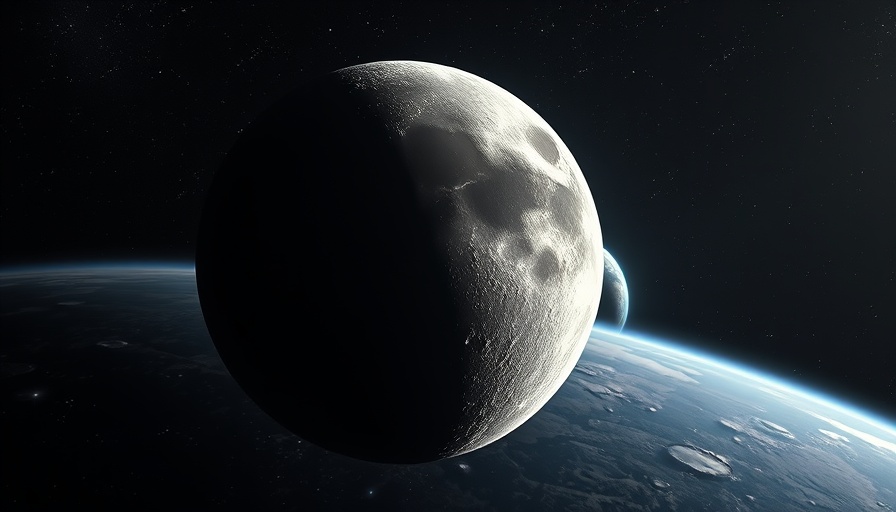
NASA Raises Concerns About Potential Lunar Impact
NASA has recently adjusted its predictions regarding asteroid 2024 YR4, increasing the likelihood of it colliding with the moon in 2032. This asteroid, which initially garnered attention due to its perceived threat to Earth, now presents a slightly elevated risk to the moon, with chances rising from an estimated 3.8% to 4.3%. While these numbers may sound alarming, it’s important to note that any potential impact would not affect the moon's orbit.
Understanding Asteroid Trajectories and Risks
Asteroids are constantly monitored as they travel through our solar system. The recent adjustments to 2024 YR4's trajectory were made possible through data collected by the James Webb Space Telescope (JWST). This powerful tool allows scientists to refine their predictions significantly, ensuring that our understanding of potential threats remains as accurate as possible.
Andy Rivkin, a researcher at Johns Hopkins Applied Physics Laboratory, notes that the adjustments to the asteroid's path are typical as new data becomes available. In fact, earlier in the year, initial fears about a significant risk of direct impact with Earth were alleviated after subsequent observations showed decreasing probabilities of a collision.
Potential Effects of a Lunar Collision
Asteroid 2024 YR4 is estimated to be between 174 to 220 feet long—similar in size to a ten-story building. If this asteroid were to impact the moon, its effects would manifest differently than they would if a similar object were to strike Earth. According to astronomer Pawan Kumar, any debris ejected into space as a result of a lunar impact would likely burn up upon re-entering Earth’s atmosphere. Thus, while a moon collision is noteworthy, it poses no immediate risk to life on our planet.
Historical Context: The Impact of Asteroids
Throughout history, asteroids have been recognized for their potential threat to both Earth and the moon. Learning from past events, the scientific community has developed robust systems for tracking and analyzing these celestial objects. For example, the Tunguska event in 1908, a massive explosion attributed to an airburst from a comet or asteroid, highlighted the need for vigilance in monitoring these phenomena.
Future Predictions and Observational Opportunities
Looking ahead, the trajectory of 2024 YR4 will be observed even more closely as it returns to visibility in 2028. This upcoming opportunity is crucial for scientists, as it will allow them to use the JWST and other telescopes to further refine predictions of the asteroid's course. This proactive monitoring is essential not just for understanding 2024 YR4, but for the broader strategy of planetary defense.
The Importance of Continuous Research in Space Technology
The ability to effectively monitor and predict celestial risks reflects broader innovations in the fields of space technology and astronomy. Continuous advancements in telescopic technology, such as those exemplified by the JWST, underscore the essential role of ongoing research and investment in space exploration. They also highlight our evolving understanding of the cosmos, the materials within it, and how they interact with planetary bodies.
In conclusion, while the update from NASA regarding asteroid 2024 YR4 has raised eyebrows, the scientific consensus remains calm regarding lunar impacts. Continuous observation and technological innovation are keys to ensuring both public awareness and safety.
 Add Row
Add Row  Add
Add 




Write A Comment